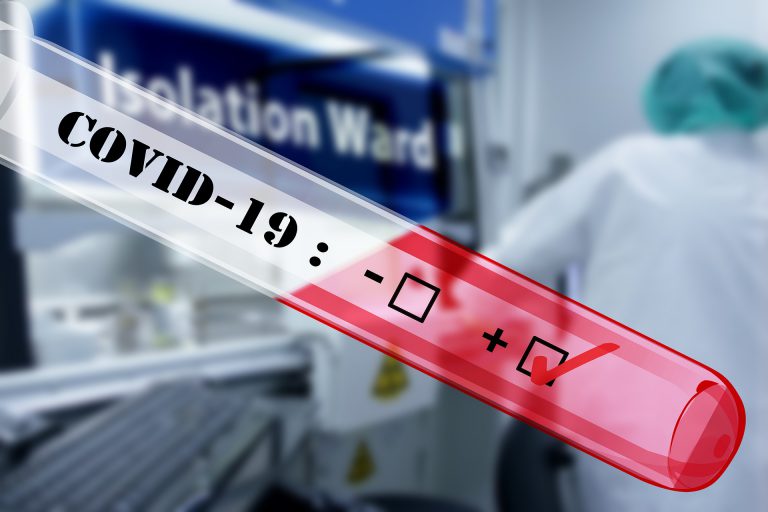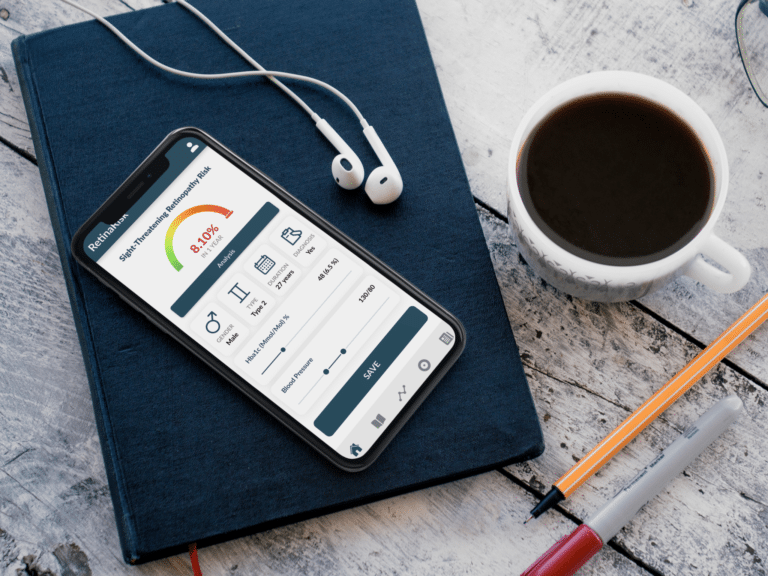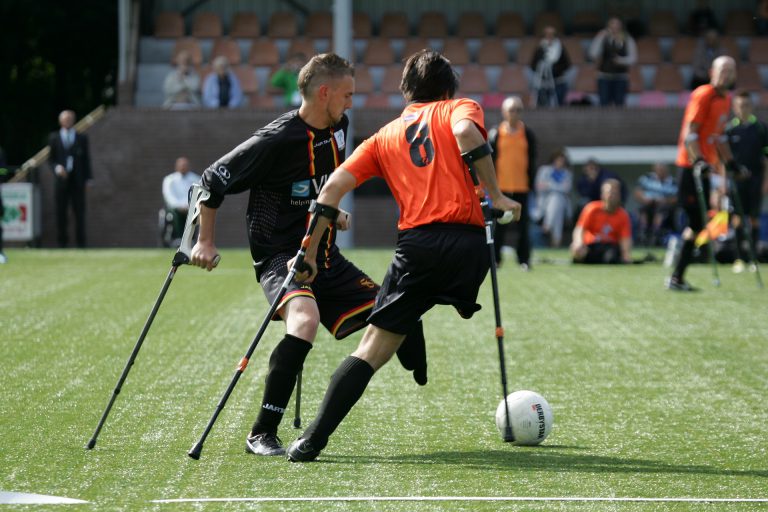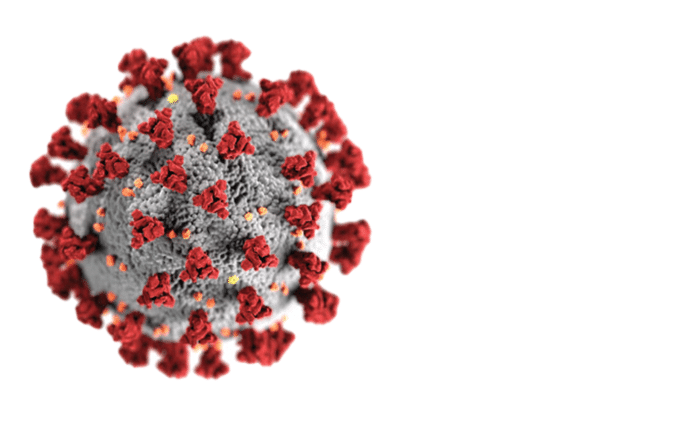What If I Have COVID-19 & Am A Diabetic?
The World Health Organization (WHO) warns that the most at-risk populations are: “older persons and persons with pre-existing medical conditions, such as lung disease, high blood pressure, cancer, heart disease or diabetes.” People with these conditions seem to be at increased risk of becoming gravely ill if infected with the coronavirus.
Recently, the American actor Tom Hanks, who has Type 2 diabetes, was diagnosed with the Coronavirus. He explained in an Instagram post that he experienced tiredness and aches in his body, but said that otherwise he was fine and that he was quarantining himself to avoid giving it to others. Although his case seems fairly mild, news reports like that are sparking further conversation around how the novel virus may affect people with diabetes.
In a recent video published by the American Diabetes Association (ADA, Kenneth Moritsugu, MD, chief medical officer, explained what exactly it means to be in a ‘high risk category: “Those of us who live with diabetes are challenged every day. When we become ill, we are really ill-equipped to respond as well as somebody who is healthy, without diabetes. That challenge makes an infection with COVID-19 even more dangerous to our health and well-being”.
When you have diabetes, being ill can make your blood sugar go all over the place. The body tries to fight the illness by releasing stored glucose into the bloodstream to provide energy. But when the body can’t produce insulin to cope with this, the blood sugars rise. Your body is working overtime to fight the illness, which makes it harder to manage your diabetes and you’re more at risk of having serious blood sugar highs and lows.
It is still unknown whether there is a difference in risk among those with Type 1 and Type 2 diabetes but age, additional comorbidities, and management of the disease all play important roles when assessing complication risks.
The most common symptoms of coronavirus (COVID-19) are fever, dry cough and shortness of breath. If you believe you are developing symptoms, however mild, it’s advisable to contact your doctor or healthcare provider. The ADA recommends that you have your glucose and ketone readings available when you call your doctor. You should be ready to clearly describe your symptom and it may also be a good idea to keep track of your fluid consumption. If you develop emergency warning signs for COVID-19, such as difficulty breathing, persistent pain or pressure in the chest and bluish lips, get medical attention immediately.
In addition to the symptoms above, some people seem to experience other symptoms like nausea or diarrhea. If you can’t keep food down, Diabetes.UK recommends that you try snacks or drinks with carbohydrates in to give you energy. Try to sip sugary drinks (such as fruit juice or non-diet cola or lemonade) or suck on glucose tablets or sweets like jelly beans. Letting fizzy drinks go flat may help keep them down. If you’re vomiting, or not able to keep fluids down, get medical help as soon as possible.
The good news is that the vast majority of people who catch COVID-19 seem to make a complete recovery. But you still need to be careful after you recover as various studies indicate that you may still be infectious several days and even weeks. A recent study published in The Lancet medical journal showed that the virus survived in one Chinese patient’s respiratory tract for 37 days, although more studies indicate that traces of the virus could persist in the body for a shorter period or between ten days to two weeks after symptoms had vanished. What is important is that you keep safe and continue to prevent and slow down transmission by staying informed about the COVID-19 virus, washing your hands and practicing social distancing where required.









